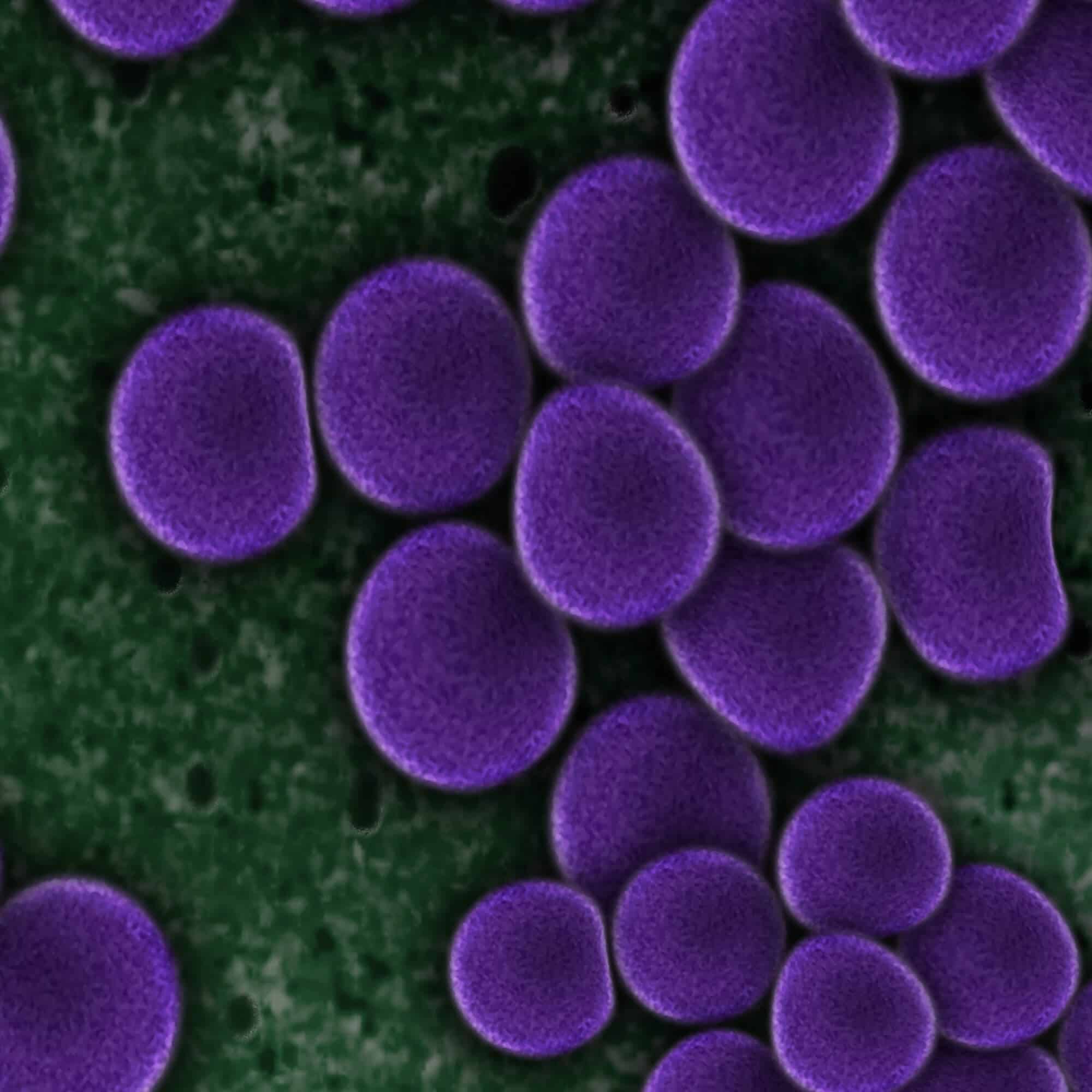A new Singaporean study has revealed that as the global temperature rises, various microscopic organisms found in the air will spread further, and some of them may spread disease in areas of the world where they have not been found before.
By Yonatan Sher - Zveta, Science and Environment News Agency

In the last two years we have all developed a high awareness of every person who coughs or sneezes (and for some reason always sits right next to us), and of the fact that the air we breathe may contain dangerous viruses that need to be protected against. However, apart from the corona virus that has taken the world by storm, there are countless microscopic creatures of various types in the air around us, some of which can cause diseases in humans or plants.
בNew research In which an innovative method was used, and published by researchers from Singapore, Brazil and Germany, the composition of the microorganisms in the air column was revealed. The researchers concluded from the data that emerges from the research and from previous information that as global temperatures continue to rise due to the climate crisis, various disease agents will multiply and spread around the world to areas where they are not currently found, and may pose a threat to our health and our ability to grow food.
כמו The intestines of humans and other animals, the water and the soil, the air is also an environment where many microorganisms live - microscopic creatures such as bacteria, viruses and fungi. "When you leave bread on the counter in the kitchen, it will become moldy within a few days," says Prof. Yoav Yair, Dean of the School of Sustainability at Reichman University. "Where did the spores that caused it come from? Well, they are in the air all the time. We all breathe air that contains huge amounts of particles." Prof. Stefan Schuster, one of the leaders of the new research, discovered in the past that Singaporeans breathe in between 100 and one million microorganisms of about 725 different types every day (most of which are harmless to humans). "One can assume that in Israel these are similar numbers," says Yair.
The greatest concentration of microorganisms in the air is found close to the ground, in a part of the atmosphere known as the "boundary layer". "This is the lowest layer of the atmosphere, it is the one that comes in contact with the ground and the surface of the sea and where energy and material exchanges take place on the largest scale", explains Yair. It is not a "permanent" layer, but one whose dimensions change according to various factors. According to him, during certain hours of severe air pollution events, it is easy to identify the boundary layer. "When you drive from Jerusalem to Tel Aviv in the morning and you see a kind of brown soup above Gush Dan - this is the border layer."
Hotter, higher, farther
In the new study, published in the scientific journal PNAS, the researchers used a 200-meter-high tower with meteorological measuring instruments (including humidity, wind speed, temperature, and solar radiation meters), and a research plane equipped with 38 sampling systems and with which air is sampled at different heights, from ground level to 3,500 meters, at different times of the day - including the microorganisms in it. Later, they analyzed the amount and type of DNA that each sample contained, and drew a high-resolution vertical map (that is, divided by height) of the presence of microorganisms at different heights during the day according to the samples.
In fact, the researchers tried to understand what affects the height to which bacteria and viruses reach - before they plummet back towards the ground. The importance of the answer to this question lies in the fact that the higher a certain microorganism rises - the greater the probability that it will land in a place that is further from its starting point. "A basic fact in meteorology is that the wind speed increases as you move away from the surface, because the air that is close to the ground rubs against it and loses energy," explains Yair. "Therefore, if the boundary layer reaches higher, the particles in it can move for longer distances."
The researchers found that temperature is the only environmental factor that is significant in determining the peak height that airborne microorganisms reach during the day. The explanation for their conclusion is simple to understand when you remember the simple principle according to which heat rises. During the day, the heat that comes from the sun and is absorbed by the surface of the earth warms the air above the ground and produces a certain expansion and mixing of the boundary layer in the layer of the atmosphere above it. "Normally, there are mixing processes in the atmosphere, from the molecular level to the scale of clouds," explains Yair. "As the heating of the surface increases, so does the boundary layer rise higher, and along with it the pollution, dust and bacteria also rise."
Increased risk of disease spread
According to the findings, the researchers warn that a warmer atmosphere - a result of the increase in global temperature as part of the climate crisis - increases the risk of disease spreading to humans and plants in large areas where they did not exist before.

Beyond that, various studies indicate that the global temperature increase Allows disease agents to survive in areas that used to be too cold for them. These harmful effects can be seen around the world already today. "Malaria, for example, is sensitive to low temperatures - and today it is spreading to more northern latitudes because the temperature is rising," says Yair. "A similar phenomenon also occurs among different species of harmful insects around the world."
The increase in temperature is one way in which the climate crisis may lead to an increase in morbidity. Another way in which this may occur due to the changing climate, which Yair's research together with other scientists will illuminate, is the phenomenon of "Lightning storm asthma". "During the waning phase of lightning storms, the wind comes down and blows away many dust particles, pollen and fungal spores, some of which are very allergenic," he says. "In 2015 there was an extreme lightning storm in Israel, which resulted in more people coming to emergency rooms due to asthma. The climate crisis will increase the frequency of lightning storms and extend the flowering period of many plants, some of which are allergenic." That is, according to him, there is a high and increasing probability of lightning storm asthma events."
Along with the dangers that are expected to increase to human health and the agricultural crops we rely on as the world warms, it is important to remember that most of the microorganisms in the air are not harmful to humans at all. "Most people get along with the phenomenon, because evolution has made us immune to many of the microorganisms in the air," says Yair. "However, the sensitive and vulnerable populations may suffer from the matter."
More of the topic in Hayadan:
